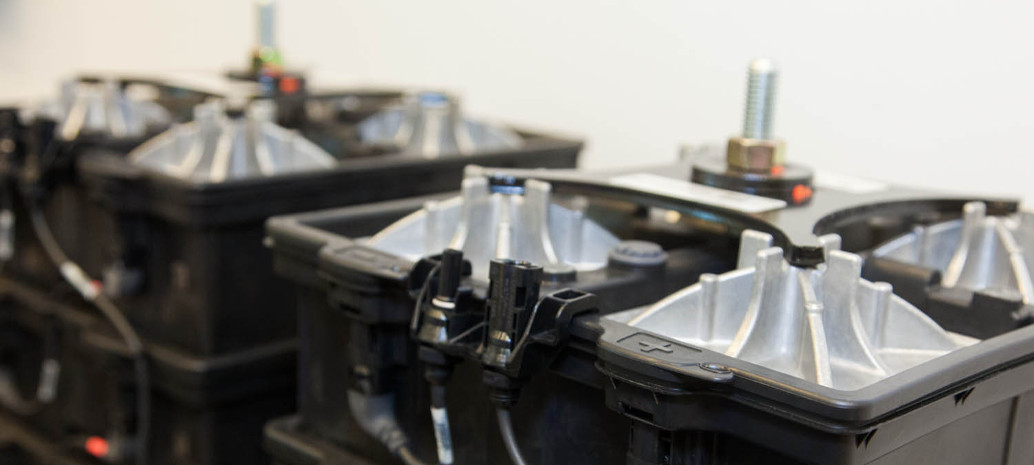Yesterday, solar and energy storage advocates had their second win in less than 24 hours. Following on the dramatic and narrow passage of a bill to mandate 100% carbon-free electricity by 2045, another bill which may contain one of the keys to making that happen has passed the Assembly.
SB 700 will extend the state’s Self Generation Incentive Program (SGIP) through 2026, which by the estimates of the California Solar and Storage Association (CALSSA) will support the installation of nearly 3 GW of behind-the-meter storage.
A very large volume of energy storage will likely be necessary for California to achieve the very high penetrations of wind and solar that will come online as the state approaches 100% clean electricity, a fact which was not lost on the bill’s sponsor.
“If we are going to get to 100% clean energy, we need to be using solar power every hour of the day, not just when the sun is shining,” stated California Senator Scott Wiener (D-San Francisco), the author of SB 700.
However, SB 700 is critical for another reason: it may enable the state’s residential solar industry to survive. As part of the move to net metering 2.0, new residential installations in the state are subject to time-of-use rates. Not only does this add greater complexity to the sales process, but with solar driving down mid-day demand, increasingly the most highly priced hours are after the sun sets.
Increasingly, the solution to this is energy storage, as the addition of batteries allows residential solar customers to store electricity from their PV systems during the day and either use it or export it to the grid during peak evening demand.
However, energy storage systems are expensive, as adding batteries typically doubles the cost of a residential PV system. That’s where SGIP comes in, by providing incentives that can help to put solar plus storage within the reach of more consumers.
The current version of SGIP allows state regulators to collect up to $166 million per year from the state’s three large investor-owned utilities to fund SGIP; however the program was set to expire at the end of 2019. SB 700 will add another five years and up to $800 million in funding for the program.
”SB 700 will do for storage what SB 1 did for solar over a decade ago, namely create a mainstream market by driving up demand and driving down costs all while creating jobs and clean energy choices for consumers,” states Bernadette Del Chiaro, the executive director of CALSSA.
Sunrun, the nation’s largest residential storage company, also cheered the move. “Sunrun has seen demand for home solar paired with batteries grow rapidly in recent years, as homeowners seek increased control over their energy bills and security for their families during power outages,” stated Alex McDonough, Vice President of Public Policy at Sunrun.
The bill will now head to the California Senate to be reconciled with the version passed earlier by that chamber, after which it will go to the desk of California Governor Jerry Brown (D).
There are still two major pieces of legislation pending which must pass in the next two days or die: AB 813, which sets conditions for the creation of a regional western electric grid and wholesale market, and AB 893, which would accelerate renewable energy markets by mandating the procurement of 2.5 GW of wind and solar before the Production Tax Credit (PTC) and Investment Tax Credit (ITC) expire.
This content is protected by copyright and may not be reused. If you want to cooperate with us and would like to reuse some of our content, please contact: editors@pv-magazine.com.



1 comment
By submitting this form you agree to pv magazine using your data for the purposes of publishing your comment.
Your personal data will only be disclosed or otherwise transmitted to third parties for the purposes of spam filtering or if this is necessary for technical maintenance of the website. Any other transfer to third parties will not take place unless this is justified on the basis of applicable data protection regulations or if pv magazine is legally obliged to do so.
You may revoke this consent at any time with effect for the future, in which case your personal data will be deleted immediately. Otherwise, your data will be deleted if pv magazine has processed your request or the purpose of data storage is fulfilled.
Further information on data privacy can be found in our Data Protection Policy.